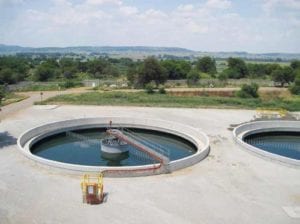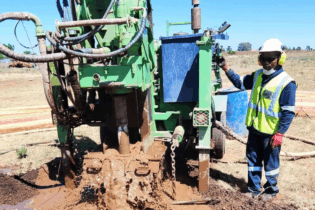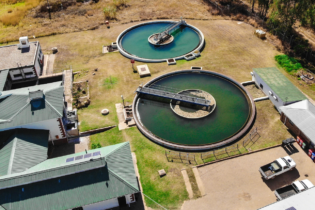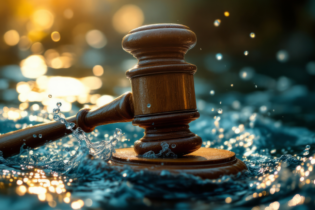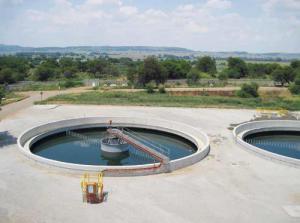 In an effort to combat the pollution of rivers, the Department of Water and Sanitation (DWS) has set aside more than R300 million to upgrade 26 dysfunctional wastewater treatment works in parts of Gauteng and the Free State.
In an effort to combat the pollution of rivers, the Department of Water and Sanitation (DWS) has set aside more than R300 million to upgrade 26 dysfunctional wastewater treatment works in parts of Gauteng and the Free State.
Addressing a media briefing at the Bothaville and Viljoenskroon WWTW in the Free State, DWS Project Manager in the Free State Alfred Mbelu said that the refurbishment of the 26 plants would create jobs for locals and have a socio-economic impact as well as environmental spin-offs on the Vaal River.
According to Acting Chief Executive Officer for Vaal Catchment Management Agency Dr Khononani Khorombi, the Vaal River is a strategic water resource that supplies the economic hub of South Africa with water for economic development. The river provides 60% of water to Gauteng and 40% to the rest of the country, making it the lifeblood of South Africa. “Since the beginning of the year we have met with municipal managers and technical directors from 18 local governments to get to the bottom of the pollution. In these meetings we found that dysfunctional waste water treatment plants were at the heart of pollution of the Vaal. We intervened by taking samples of the polluted system and subsequently we put aside R320 million to address the problem,” Khorombi said. According to Mfanukhona Hlatshwayo, Director of Internal Control in the DWS, the department will train technicians in the municipalities with a view to transfer skills to local governments to ensure proper management of treatment plants after completion of the project. The department plans to complete the refurbishment of all 26 plants by December this year.

